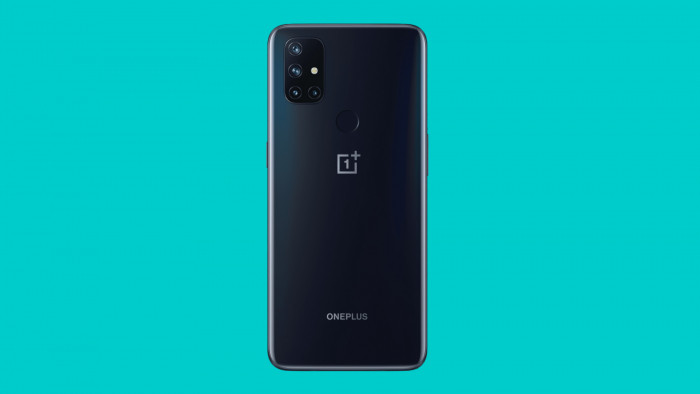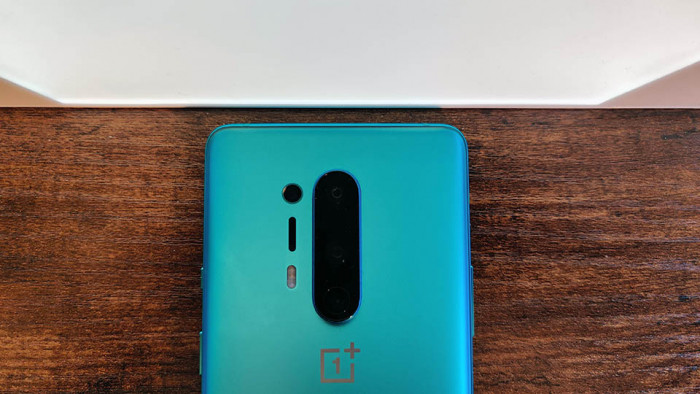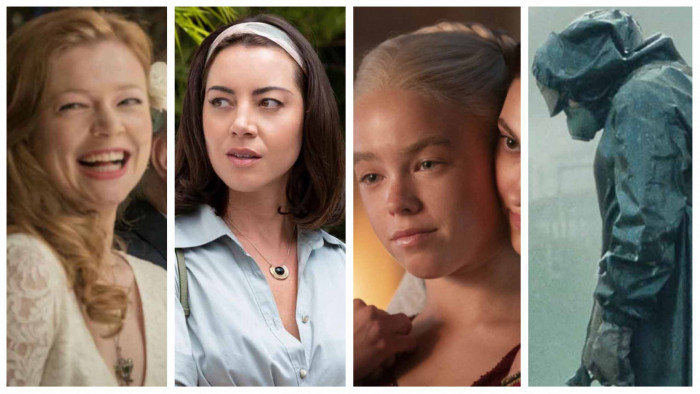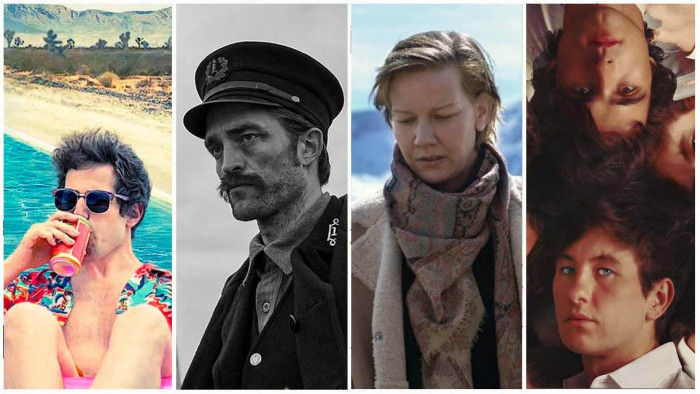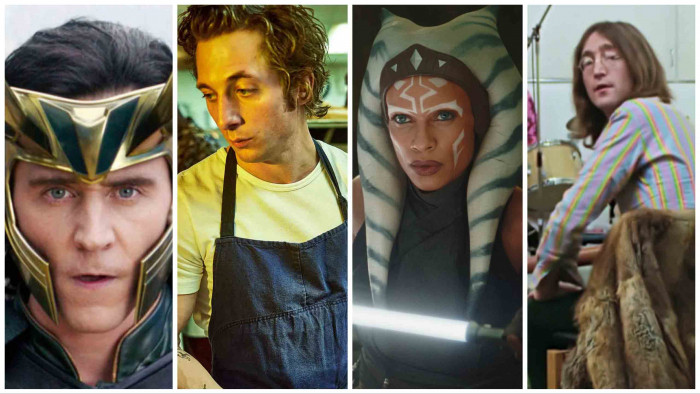It was 1977, and power-bearded duo George Lucas and Steven Spielberg were in Hawaii to escape the opening weekend of Star Wars and recover from Close Encounters Of The Third Kind respectively. In between making sandcastles, they got talking about what they wanted to do next. Something based on the Saturday morning serials that had shaped their childhoods, in which square-jawed heroes escaped danger with a single bound.
And so it was that on a Hawaiian beach, Indiana Jones came to life, and the genesis of what would become Raiders Of The Lost Ark was underway. Screenwriter Lawrence Kasdan was drafted in to craft a screenplay in which Jones would battle Nazis in Egypt while trying to find the awesome Ark Of The Covenant.
Now Lucas and Spielberg just needed someone to don the leather jacket and fedora. Lucas asked Tom Selleck, but his commitment to Magnum, PI meant that he had to decline. It’s Hollywood legend that, if you get up early enough in the morning, even now you can still hear the plaintive wails of Selleck as he bemoans his bad fortune.
Luckily, they knew of a perfect substitute. Harrison Ford — Spielberg’s first choice — had already worked with Lucas, of course, on Star Wars and The Empire Strikes Back, and so Han Solo became Indiana Jones.
Ford is a huge part of Raiders’ success. His Jones may play some of the same notes as Han Solo, but they’re not necessarily in the same order: Jones is less brash than Solo, more cynical and world-weary, fiercely intelligent and possessed of easy charm, a half-smile perpetually playing on his lips. Crucially, he’s not always fearless — this is a man who knows when to run away from a giant boulder. And don’t even get him started on snakes.
The snake pit scene, and the opening sequence, in which we’re introduced to Indy as he outruns a series of traps so lethal and cunning they could feature on The Cube, sums up why Raiders connected so well with audiences back in 1981, taking $384m (£241m) at the box office — some $975m (£606m) these days.
It’s so much more than a nod to those Saturday serials — it’s light years beyond them. It’s more inventive, bolder, and boosted by an insistence on doing stunts and effects practically. They don’t make ’em like this any more. For dispiriting proof, all you need to do is look to 2008’s Indiana Jones And The Kingdom Of The Crystal Skull, with its lamentable emphasis on CGI and comic-relief gophers.
As a film, Raiders is a peerless all-time classic. And as a character, Indy will live on into the decades and maybe even centuries beyond. He’d appreciate that — after all, he is an archaeologist.
BEHIND THE BULLWHIP
Raiders writer Lawrence Kasdan and British Film Institute curator Vic Pratt probe the celluloid legend
THE INSPIRATION
While Spielberg and Lucas had a firm vision of who their Indiana would ape, screenwriter Lawrence Kasdan had his own ideas: “George just said, ‘We wanna do this adventure movie like the old serials, the guy’s named after my dog, he has a whip and a hat, and it’s the Thirties.’ But the serials didn’t have any real magic for me. What mattered was the spirit of the thing; adventure movies that meant a lot to me — Casablanca, Too Hot To Handle, Only Angels Have Wings… Raiders is a romanticised version of the Thirties and Forties.”
In its finished state, according to Vic Pratt, there’s one film in particular where the similarities are clear. “The film that immediately strikes me as an influence on Raiders is one called Perils Of Nyoka. It’s a 1942 serial starring an intrepid explorer — basically a female version of Indiana Jones — who’s searching in the jungle for the golden tablet of Hippocrates, and she’s up against this supervillain called Queen Vultura.”
So far, so Indy — but there’s more. “It’s got rocks rolling down tunnels, floods underground. There’s also an element of Tintin and you can even take it right back to Greek mythology, the epic quest for the Golden Fleece.” The stylistic influences and story structure may be tried and tested, but, explains Pratt, Raiders sets itself apart with clever updates: “Even though they took the structure of those old thrill-a-minute serials, they had this modern, self-referential sensibility about them. Indy’s got his bullwhip, but when it comes down to it, if necessary, he just pulls out his gun.”
THE HERO
The pressure was on to create the perfect film hero, and it was from perhaps the 20th century’s greatest real life titan that Kasdan drew his inspiration. “I’m sort of a Steve McQueen fanatic, and at that time he was still alive,” he says. “There’s a certain kind of hero that McQueen represents. Indy is much more talkative than the McQueen hero, but he has some of the same swagger that McQueen did.”
When it came to image, meanwhile, the classic hardboiled detective was the first port of call, as Pratt explains: “The image of Humphrey Bogart in Casablanca as the rugged hero has clearly carried through. The trilby, the satchel, the baggy slacks… Indy’s iconography is impressively designed.”
Lucas, Spielberg and Kasdan worked just as hard on the characterisation of their main man, making him human and suitably flawed. “He’s not simply a brainless superman,” says Pratt. “He’s intelligent and just as adept at cracking a history book as he is at adventuring. They give him vulnerabilities too, such as being afraid of snakes. It’s these weaknesses that make him so much more than just another empty cipher.”
THE ACTOR
Han Solo. Indiana Jones. Some would venture the two roles are interchangeable, and it’s not something that’s gone unnoticed by the film establishment. “Harrison Ford is particularly good at doing this kind of role,” says Pratt. “It’s very akin to how he played Solo as well. Really, they’re both variations on the old Western hero. Indy’s hat is very much like a cowboy’s hat; Solo’s holster is very much like a cowboy’s holster.”
But it all could have been so different, of course. “We hadn’t even discussed Harrison for Indy initially,” remembers Kasdan, mentioning Tom Selleck and “some other people” as possible candidates. “George wasn’t thinking of Harrison, and The Empire Strikes Back was made before Raiders as well, so I was still associating Harrison as Han Solo. I wasn’t thinking of him as Indy. As it turned out, he was the best possible Indiana Jones.”
THE EFFECTS
Once Indiana was fully formed, the film began to take shape around him, and, being the early Eighties, there wasn’t anything too hi-tech from which to draw. “It’s an amazing movie,” says Kasdan, “and simple compared to movies we see now. The effects are funny, funky and wonderful. It’s pre-digital, so you’ve got all those melting faces.”
As an example to prove the quality of the film, Kasdan picks out the opening scene: “It’s as good a sequence as you’ll ever see in film. It’s funny, exciting and tells you what you need to know about the character. It couldn’t have turned out any better. The fact that the effects weren’t that good was part of its charm.” Pratt agrees: “It’s a great example to show that it’s not about the quality of CGI and effects. It’s about a good story and good characters. Raiders has those widescreen vistas, crumbling buildings and dirty vehicles. There’s a real purity to the look and feel of it that’s certainly been lost. You only need to look at Kingdom Of The Crystal Skull, which even sounds like a video game, to see that the effects should serve the story, not the other way around.”
Latest
Related Reviews and Shortlists



